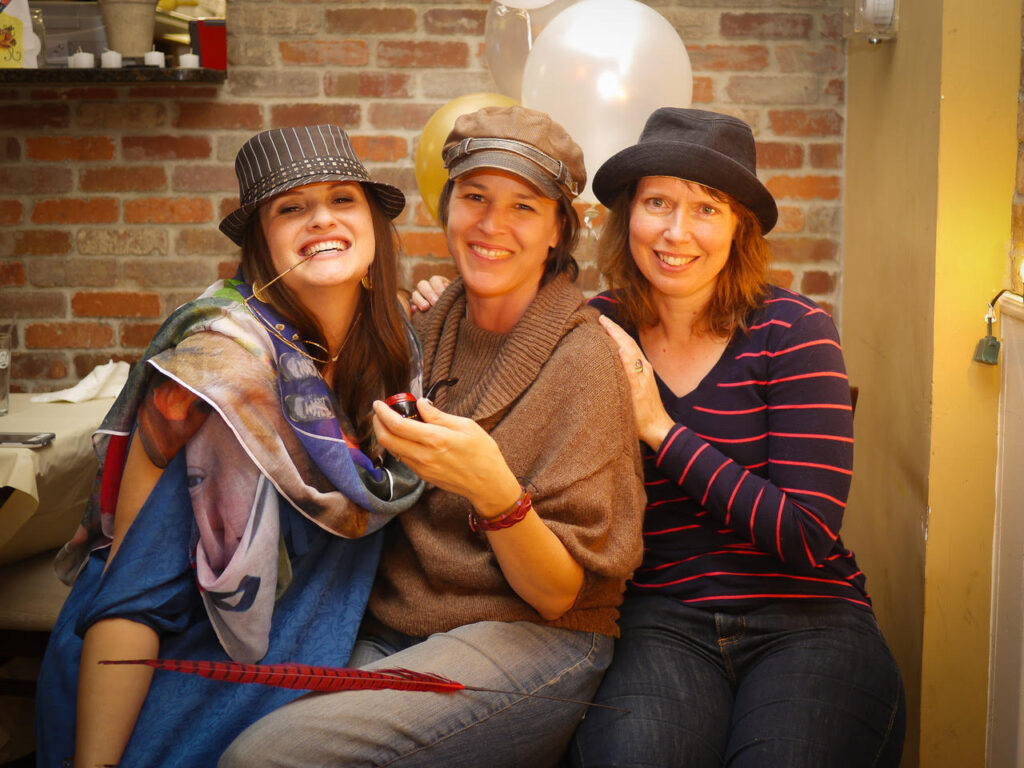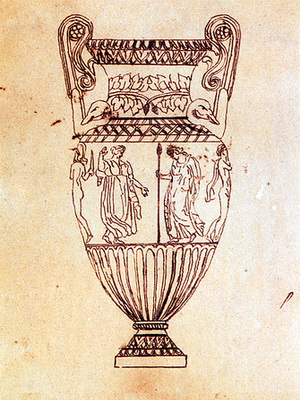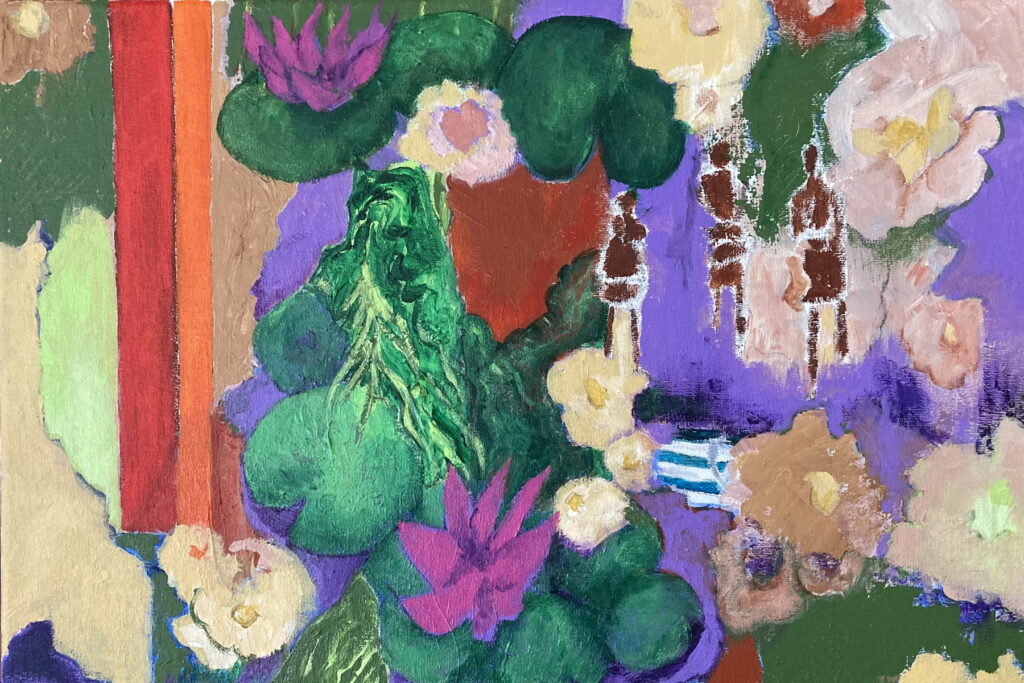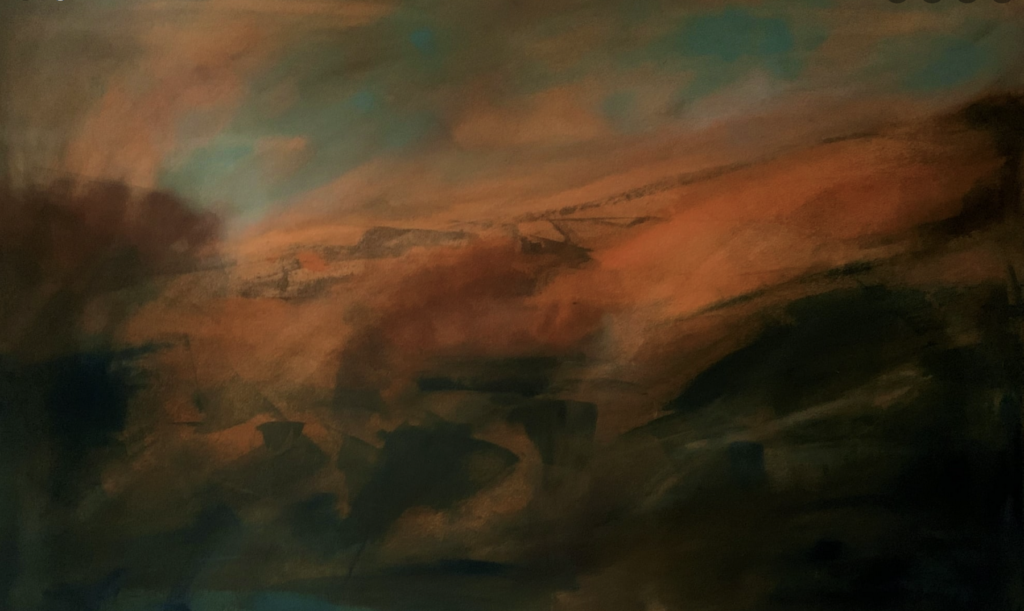October 2022
From the Editors
Beauty is a defiance of authority. — William Carlos Williams
We’re exploring beauty and loss in Issue 20. Anne Myles pushes hard in “An Origin Story” on the relationship between truth and beauty; when is truth forever ugly, she asks, in a story about loss. “Bloom” is a master class by Elana Wolff on how to weave beauty from a meditation on the details of ordinary life—“We’re all just passing through here,” she says, so let’s not grow weary of gazing at trees. The portrait of “Sarah” from Christina Rauh Fishburne is beautiful, too, and a paean to the loss of what might have been. Each of these three pieces makes loveliness from something broken. Beauty as defiance.
—Claire, Suzanne, Cheryl
Join Our Growing Community
We’re in our third season here at Waterwheel Review, and we couldn’t be happier. But we have big dreams. Right now we have two ways—in addition to being an author or maker—to be a part of our labor of love.
1. Sign up for our newsletter.
You’ll know when each issue goes live and learn news about WWR and our authors.
*We promise never to sell or share your information. We hate spam as much as you do. For more info, read our full Privacy Policy.
2. Support literature without labels.
All expenses are out of pocket. Any help goes to our submissions manager and media. We would LOVE to one day pay authors, hold contests, speak at conferences… (slow down, deep breath). Thank you for supporting literature and art!




